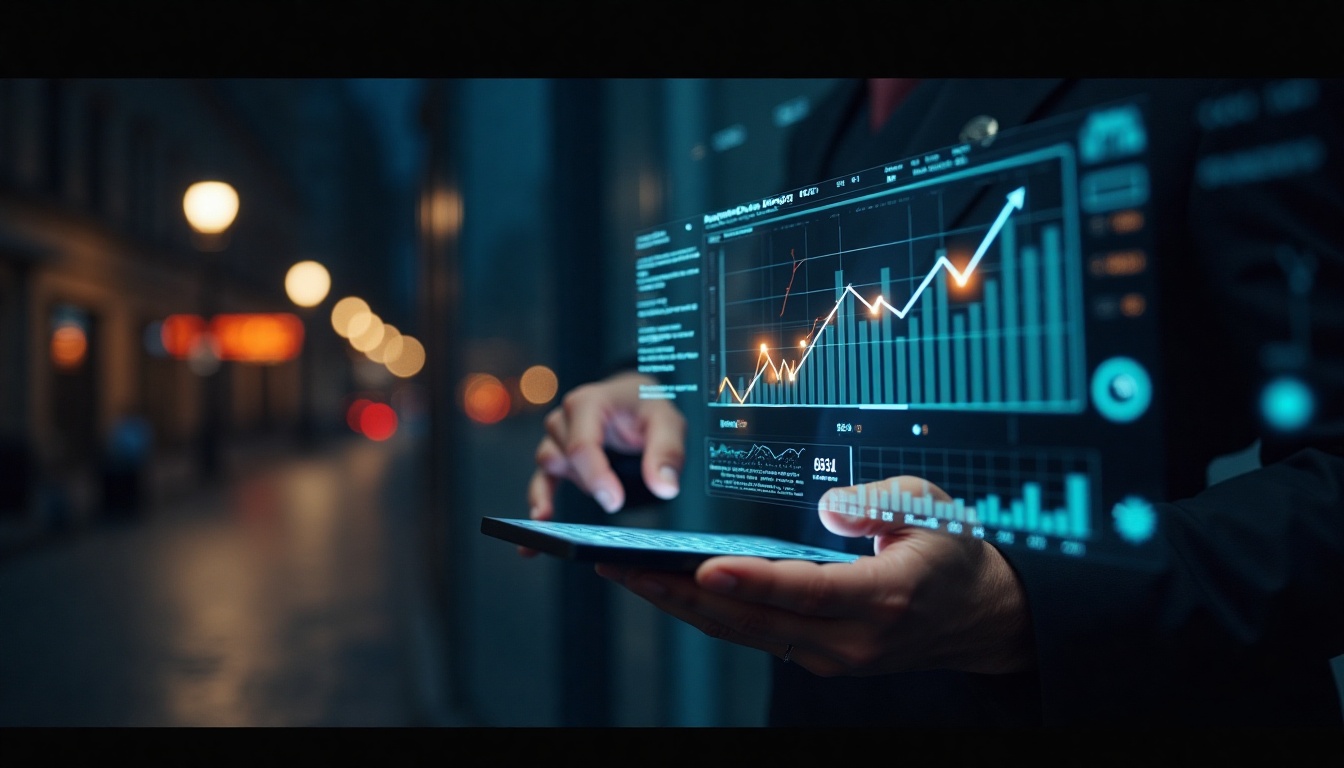Artificial Intelligence has taken every industry by storm. The market size of AI software is expected to reach up to $36 million by 2025. The opportunities this presents has caused retailers to pay attention to AI. Thus, more and more retailers, big and small, are applying AI tools in new ways across the entire product and service cycle- right from the assembling stage to the post-sale customer service interactions. As AI evolves further, the customer experience will only get better and so will improved outcomes through sales and customer experiences. Some of the examples of creative AI applications in different areas of retail are envisioned below;
AI for personalization
“Personalization at scale is the holy grail….by adding elements of personality insights or sentiment, touchpoints like email and web personalization can become contextually aware and can build on previous customer interactions” says Corinne Sklar, chief marketing officer at IBM consultancy Bluewolf.
Retailers are doing everything in their capacity to provide a happy shopping experience to customers. This includes constantly improving on personalization. However, it all boils down to enhancing the overall customer experience.
Karen Katz, President & CEO of Neiman Marcus Group rightly puts this in perspective.
“Great customer experience in 2018 will come from blending technology with a more personalized touch. I think the people that can combine technology-powered personalization with a human will be the winners”
North Face, the outdoor clothing company adopted IBM Watson cognitive technology in order to help customers determine what jacket may be the best option for them. It bases its answers on gender preference, location, month, activity etc. For e.g. – Hiking in Canada in December will yield different results than commuting in traveling in Ireland in February.
AI for Virtual Assistants/ Chatbots
Another AI application that is finding increasing popularity is the conversational assistant. Whether it is through smart speakers, email, messaging platforms – marketers are leveraging new tools to have conversations with customers. To build stronger relationships with customers, brands are delivering hyper-personalized content and product recommendation through virtual assistants, chatbots etc.
Furthermore, applications like chatbot and virtual assistants provide “relevance”, i.e. offer the right message to the relevant customer at the right time – a key part of building sales, customer relationships all the while minimizing marketing waste.
Chris McCann, CEO & President of 1-800-Flowers.com (one of the first retailers to launch an Alexa skill) comments about possibilities AI could bring in retail “With voice as the main interface emerging, I think it will bring us back to the retail experience of our first flower shop where we delivered a true 1-to-1 relationship. Voice enables us to have a 1-to-1 relationship with customers on a massive scale”.
L.L. Bean makes use of a Chatbot which asks visitors if they would like to login into their loyalty account- this chatbot which is “loyalty aware” links to the customer’s loyalty points and CRM data to personalize customer’s choices. The interactions between the bot and user are also recorded and saved back to the CRM system.
AI in Manufacturing
Manufacturers are using machine learning to identify defects in millions of product units that are produced. Algorithms are utilized to examine millions of data points about the shape, size and consistence of products. Machine learning technology can detect if there is a trend and accordingly report if there is one, to the employees, for e.g. a 1 cm defect on said product. The ability to identify defects saves time and money to correct the mistake.
Brilliant Manufacturing software is a tool used by GE which enables brands to predict, adapt and react more quickly than ever. It makes the entire manufacturing process (design to distribution) more efficient and cost-saving. It includes analytics and operation intelligence tools appropriate for a wide range of manufacturers.
AI for Video Analytics (improving security and customer behavior insights)
Many retailers are using video analytics to improve customer service, security and compliance with employee procedures. Retailers need a system where they can examine customer behavior in ‘brick-n-mortar’ stores just like they use behavior tracking for online purchases.
Artificial Intelligence can help retailers understand in-person shoppers. Data generated by retail observation can determine the customers’ product’s exposure level, engagement, their navigational route through the store. This information can help retailers improve store layout, in order to influence maximum exposure and increase the customer’s visit time.
Sephora, the French cosmetics brand with retail stores of beauty products adopted video analytics technology that examined the digital video stream from the store cameras and counted the people visiting the store. Insights are gained from various reports (statistics, footfalls, periodic trends, peaks and valleys) help them prompt towards more successful strategies.
AI for Image recognition
Brands are utilizing Image recognition to understand customers’ preferences and recommend products that suit them the most. For e.g. Pinterest uses image recognition technology to look at an image and recommend similar content. In the context of retail, this capability enables brands to provide the customers’ access to their own digital “personal shopper”.
“The use of Artificial Intelligence (AI) and particularly visual recognition will continue momentum in opening up new and exciting sales opportunities for retailers. For example, visual search for products will grow particularly via mobile and the monetization of eCommerce imagery via automated product tagging will bring new revenue streams in 2018.” – Alex Vaidya, CEO & Co-Founder, StoryStream.
IKEA uses image recognition technology to enable customers to take photos of images in the company catalog to retrieve useful information about the specific product-swap patterns, colors and even see how the final product would look like in homes.
Conclusion:
While the uptake of AI in the retail sector looks promising, it is noted that applications that have the highest likelihood of adoption are those that have the most possibility of a direct return on investment. Most companies, therefore are going to be very critical, safe and bottom-line focused when it comes AI adoption. Future AI innovations will be dictated by retail AI use cases that have already proven to be most effective.
Overall, Ai involvement in the retail sector for a long term seems inevitable. Consideration must be given to the impact of AI on the business- to make sure that employees and customers are all on board. Thus, to successfully implement AI, a balance must be maintained in between greater automation, and an equal emphasis on skill development (for employees) and people engagement (for customers).










